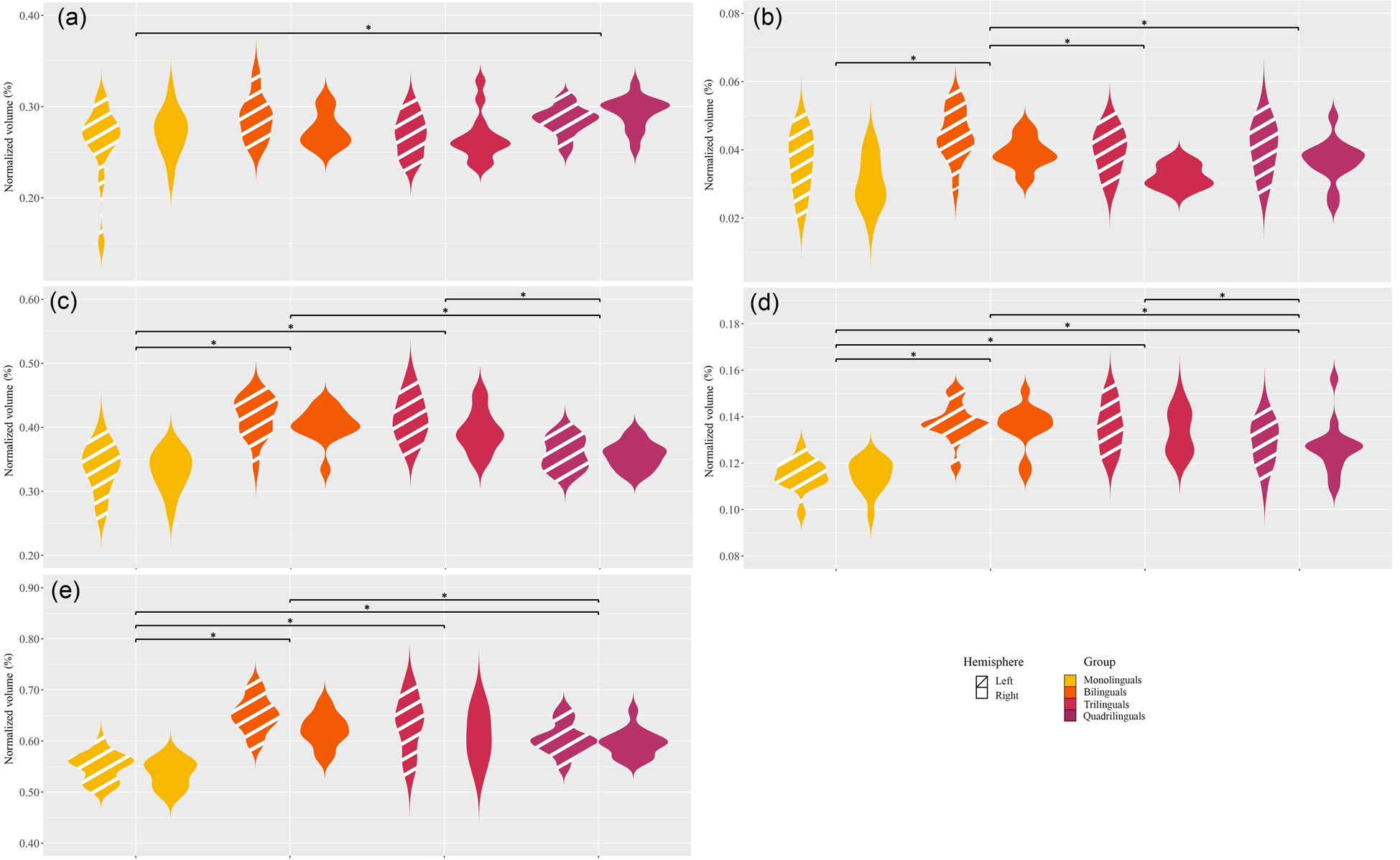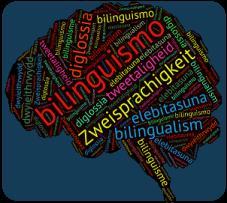Yee, J., Yap, NT., Kořenář, M., Saddy, D., & Pliatsikas, C. (2023): Subcortical restructuring as a function of multilingualism: Insights from monolinguals, bilinguals, trilinguals and quadrilinguals. Bilingualism: Language and Cognition . DOI: 10.1017/S136672892300086X
To access, click here
Abstract
Subcortical structures implicated in language control and processing adapt structurally with increasing language experience. However, the adaptation patterns across different subcortical structures remain unclear. Previous findings from bilinguals and multilinguals reveal renormalisation patterns, lending support to the Dynamic Restructuring Model (Pliatsikas, 2020). These patterns are composed of increasing volumes during the initial stages of language learning, and subsequent reductions as experience increases. T1-weighted images from 14 English monolinguals, 14 bilinguals, 14 trilinguals, and 14 quadrilinguals were obtained. The volumes of five subcortical regions implicated in language control and processing were compared amongst the groups. The findings showed group differences for every structure – caudate nucleus, nucleus accumbens, putamen, globus pallidus and thalamus. Complex patterns were unveiled for each structure, suggesting expansions and renormalisations that differ in trajectory for each group. These findings highlight the dynamic progression of subcortical adaptations, and support the notion of structural renormalisation as language experience grows.


